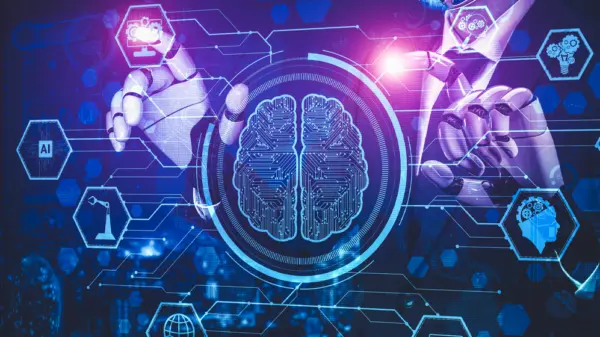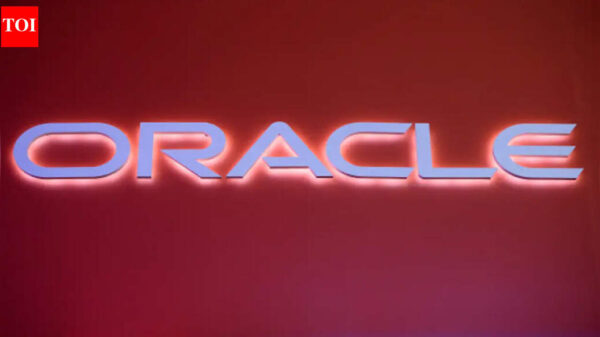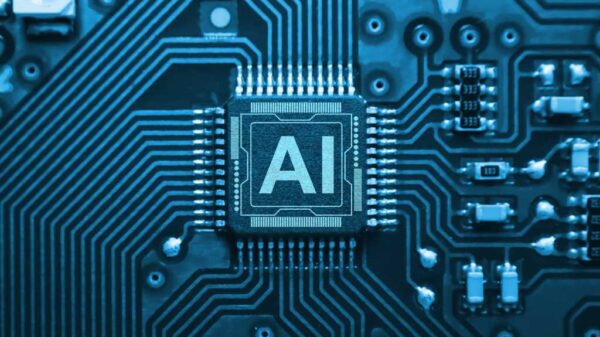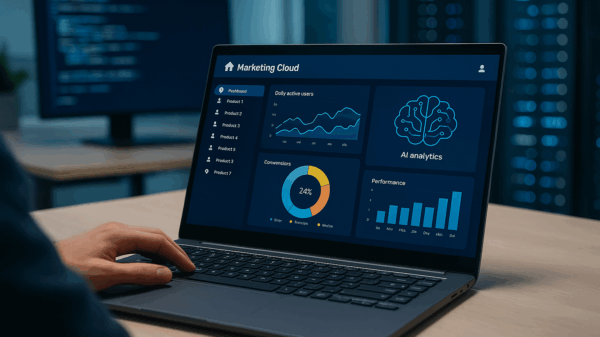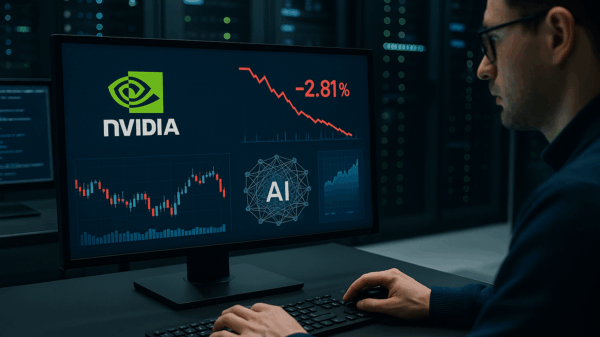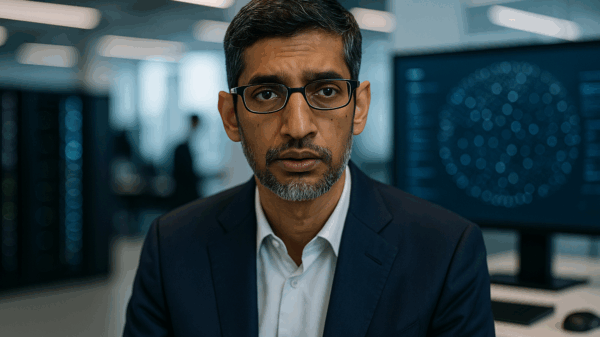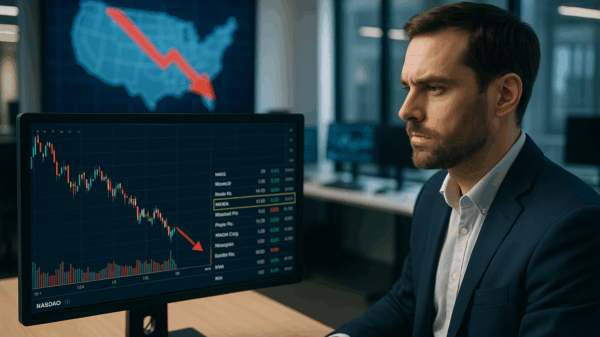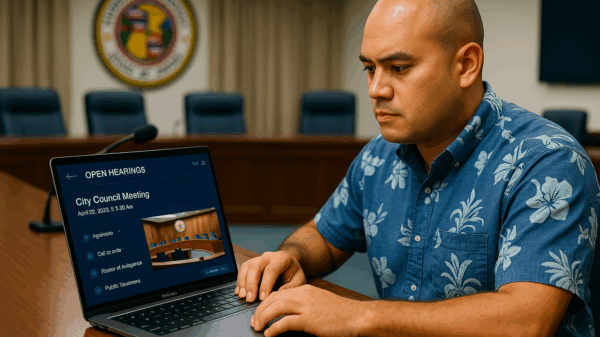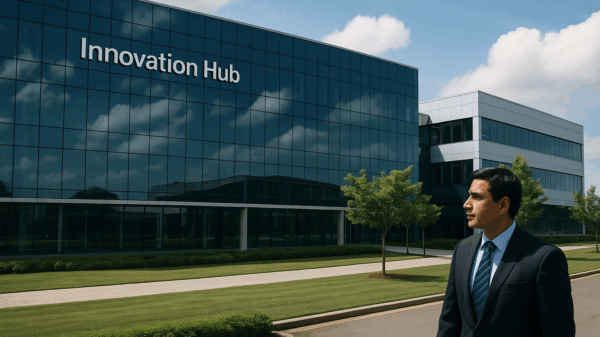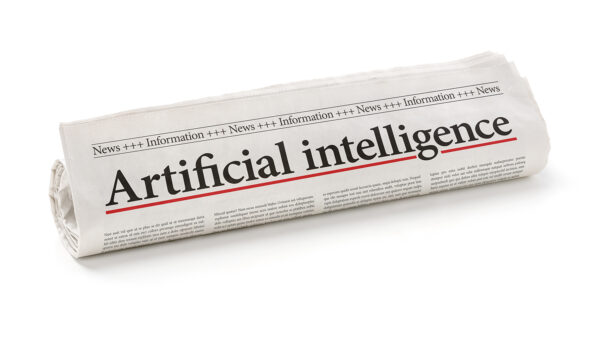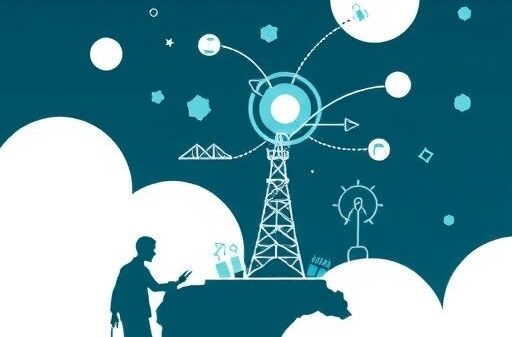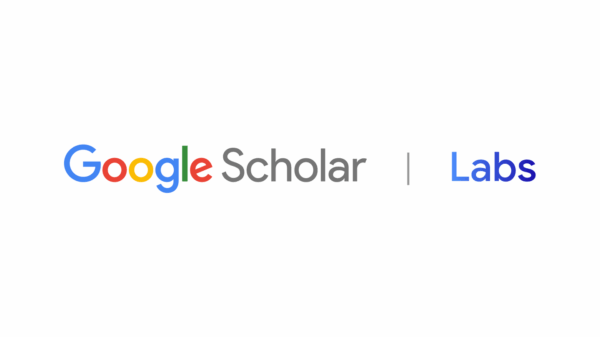In a significant move for the AI landscape, the startup Anthropic, known for its Claude family of models, has struck a major multibillion-dollar deal with tech giants Microsoft and NVIDIA. Announced on November 18, 2025, this deal includes a staggering $30 billion investment directed towards Microsoft’s Azure cloud services.
This collaboration is marked by the combined commitment of up to $15 billion, with Microsoft pledging up to $5 billion, and NVIDIA contributing as much as $10 billion. This partnership signifies more than just financial backing; it is an intricate alliance focused on computational power, advanced modeling, and robust infrastructure.
The three companies, while distinct in their operations, share a common objective: Anthropic requires massive computational resources to enhance its Claude models, Microsoft aims to broaden its AI ecosystem beyond its existing OpenAI collaborations, and NVIDIA seeks to secure and expand demand for its next-generation processors that power many of today’s leading AI models.
As part of this collaboration, Anthropic’s models—particularly the latest iterations like Sonnet 4.5, Opus 4.1, and Haiku 4.5—will be integrated into the Azure AI Foundry. This strategic move positions Microsoft advantageously in the competitive corporate model arena. Anthropic targets up to 1 gigawatt of processing power derived from NVIDIA’s cutting-edge architectures, including the Grace Blackwell and Vera Rubin systems.
See also Hugging Face CEO Warns of Imminent LLM Bubble Burst, Calls for Specialized AI Models
Hugging Face CEO Warns of Imminent LLM Bubble Burst, Calls for Specialized AI ModelsAccording to Satya Nadella, CEO of Microsoft, this partnership hints at a transformative shift in the industry. He stated, “We’re going to be each other’s customers more and more. They’ll use our infrastructure, we’ll use Anthropic models, and we’ll go to market together.” This signals a deeper integration where both companies will rely on each other’s technologies, thereby enhancing their respective offerings.
This partnership is noteworthy not just for its financial implications but also for its architectural design. Anthropic isn’t merely acquiring computing power; it is embedding itself into the Azure ecosystem. For Microsoft, this agreement extends its AI strategy beyond its existing relationship with OpenAI, providing clients with a broader selection of models.
NVIDIA, through this alliance, is making a strategic bet on the future. By establishing a cooperative relationship with a leading AI model provider, it ensures demand for its next-gen processors remains robust, crucial in a time when competition is intensifying.
From Anthropic’s perspective, this move is both ambitious and necessary. Scaling Claude for enterprise applications demands not only top-tier hardware but also co-optimized designs to manage complex workloads. This collaboration will see Anthropic and NVIDIA work closely to enhance the performance of its models on cutting-edge GPUs.
However, such an immense commitment comes with its own set of risks. One concern is the potential for a circular economy—where the value gained may arise from internal synergies rather than external market demand. Critics might question the sustainability of value creation when companies are deeply intertwined financially.
Moreover, there is execution risk. Committing to 1 gigawatt of next-gen computing entails significant operational challenges, including efficient management and cost control. A mismanagement of resources could lead to substantial financial repercussions for Anthropic.
Competition remains a crucial element in this evolving landscape. While the partnership strengthens Anthropic’s position, the dominance of OpenAI and the emergence of new cloud-plus-AI collaborations pose ongoing challenges. To validate the substantial investment, Anthropic must not only enhance model performance but also drive corporate adoption.
Macro risks are another factor to consider. The scale of investment and energy required to build and operate AI infrastructure means that all three companies could face hardships in the event of regulatory pressures or macroeconomic downturns.
If this ambitious partnership succeeds, we could witness the emergence of a new foundational framework for frontier AI, centered around Claude on Azure and optimized by NVIDIA hardware. This could lead to greater model choices for customers, potentially resulting in lower costs and improved integration for enterprises—a new anchor for long-term computing deployment.
In conclusion, this deal transcends mere financing; it lays the groundwork for a collaborative ecosystem where computation, modeling, and cloud capabilities intersect. As the AI landscape continues to evolve, this partnership among Anthropic, Microsoft, and NVIDIA could redefine the future of generative AI.

